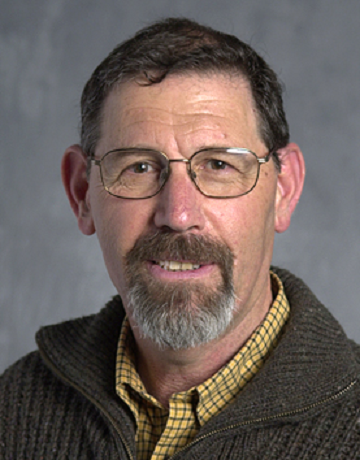Categories: Israeli-German science cooperation

Photo credit: Weizmann Institute of Science
Uzy Smilansky is a professor emeritus in the Department of Physics of Complex Systems at the Weizmann Institute of Science. He received his PhD at the Weizmann Institute of Science in 1969, and in 1971 he completed a post-doctoral fellowship at the Max Planck Institute in Germany.
His research focused on the "fingerprints" of the classic chaos theory of quantum mechanics. He is also engaged in the development of computerized and mathematical methods for aiding archaeological research.
 Interview with Uzi Smilansky.pdf
Interview with Uzi Smilansky.pdf
Interview Excerpt
UD: Concerning nuclear physics, Israel had already good connections to France, and German science was still quite weak. Why was Germany so important?
US: The good relations with France changed in the late 1960s. At the time Germany was building up its science. In nuclear physics there were centers in Heidelberg with scientists like Jensen and Weidenmueller, then Karlsruhe, Frankfurt, Bonn and Munich and other. It was clear that the German science would go forward. It was also the peak of the economic miracle and Germany was investing in rebuilding its scientific strength.
UD: According to some of your German colleagues the approaches in nuclear physics in Heidelberg and Rehovot were different: The mathematization in Rehovot was much higher; a scientist of the stature of Jensen was a great physicist but not very good in mathematics. Do you agree?
US: We cannot say in a clear way that the Israelis brought about a major improvement to German science. It was a true collaboration, in which both sides benefitted scientifically. In a broad context I do not think that Israeli science was better than German science at the time. Definitely American science was better than each of them. True, at that time the level of German professors was sometimes not so good because they had to fill up so many positions at the same time.